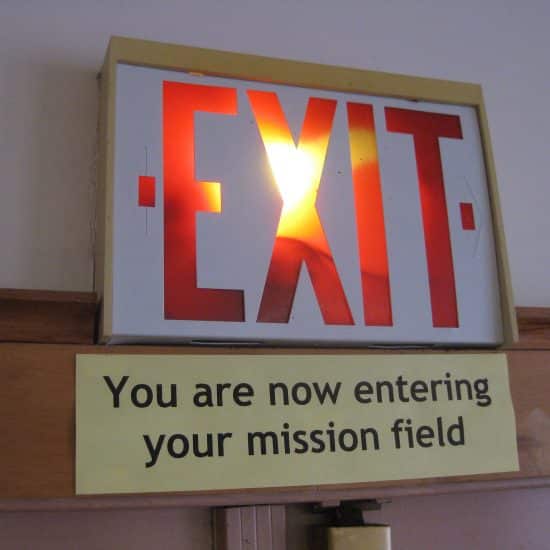
“Online church, while it was necessary for a season, diminishes worship and us as people.”
Offered in a sermon, social media post, or denominational publication, this claim made back in January by Anglican priest Tish Harrison Warren may have garnered little attention. Instead, it was made in the opinion section of the New York Times, for which Warren writes a newsletter on “faith in private life and public discourse.” Her piece ignited controversy among church leaders.
Although nominally about ongoing adjustments required by the pandemic, the debate was inherently theological. Warren argued, “We seek to worship wholly — with heart, soul, mind, and strength — and embodiment is an irreducible part of that wholeness.” While the “we” in that sentence is undefined, her contention appears to be that Christians need to be physically gathered together for authentic worship.
Critiques quickly arose from disability/ability advocates. As Samir Knego told Religion Dispatches contributing editor Daniel Schultz, “I am human over Zoom and human in my wheelchair — these pieces of technology enable me to engage with the world around me physically and socially. To deny me, then, would not make me more human, just more isolated.”
Similarly, Marc Shelske, a local church pastor in Oregon, said in an interview with Rick Pidcock for Baptist News Global, “The view of embodied worship on display in the op-ed is only one that works for able-bodied people with weekends off work. There’s just no way around that. I love gathered worship. I love the comfortable practices and traditions I’m used to. But the pandemic has made it clear that those comfortable practices were also exclusionary, and I’m convinced that following Jesus must lead us toward hospitality and inclusion.”
While often derided as overly secular or even anti-religious by conservative critics, the platform provided by the Times to an evangelical priest fostered a national debate about the nature of Christian community. Although some defended Warren’s position, opposition from the right and the left seemed to dominate.
To Warren’s credit, she not only listened to the responses but also published several of them in a follow-up column. Acknowledging a shortcoming in her position, she wrote, “I agree that offering livestreaming services to those with unique accessibility needs could play a helpful role as one part of more comprehensive, holistic and ongoing support. I am sorry not to have included this caveat in my original piece.”
Given the declining, fractious media environment and the declining, fractious state of American Christianity, forums for honest religious discussion are growing harder to find and sustain. Yet, the dispute around Warren’s comments raises a bigger question: Who gets to represent Christianity in these public spaces?
 In this edition of A Public Witness, we investigate the New York Times’s history of stirring religious conversations. Then we examine the surprisingly narrow perspectives regularly offered in the opinion section of the “old gray lady.” And to not bury the lede, we close our story by suggesting better ways the Times could help its readers understand the role of faith in our pluralistic society.
In this edition of A Public Witness, we investigate the New York Times’s history of stirring religious conversations. Then we examine the surprisingly narrow perspectives regularly offered in the opinion section of the “old gray lady.” And to not bury the lede, we close our story by suggesting better ways the Times could help its readers understand the role of faith in our pluralistic society.
NOTE: The rest of this piece is only available to paid subscribers of the Word&Way e-newsletter A Public Witness. Subscribe today to read this essay and all previous issues, and receive future ones in your inbox.



